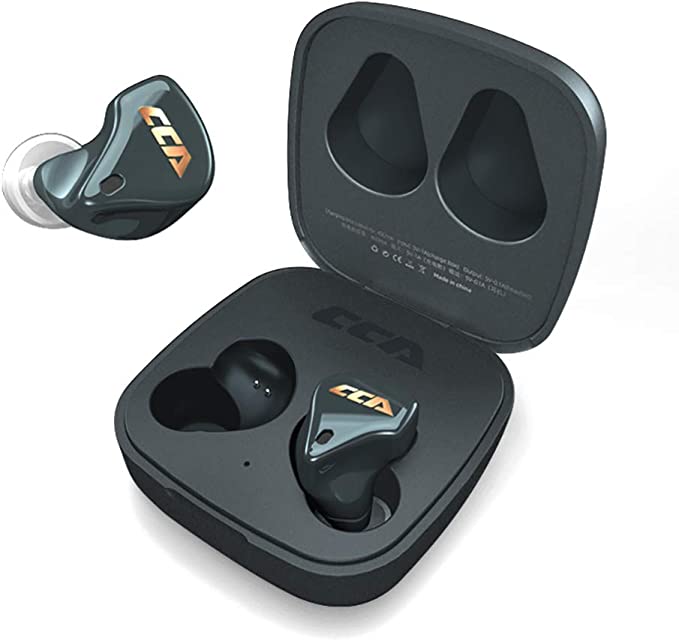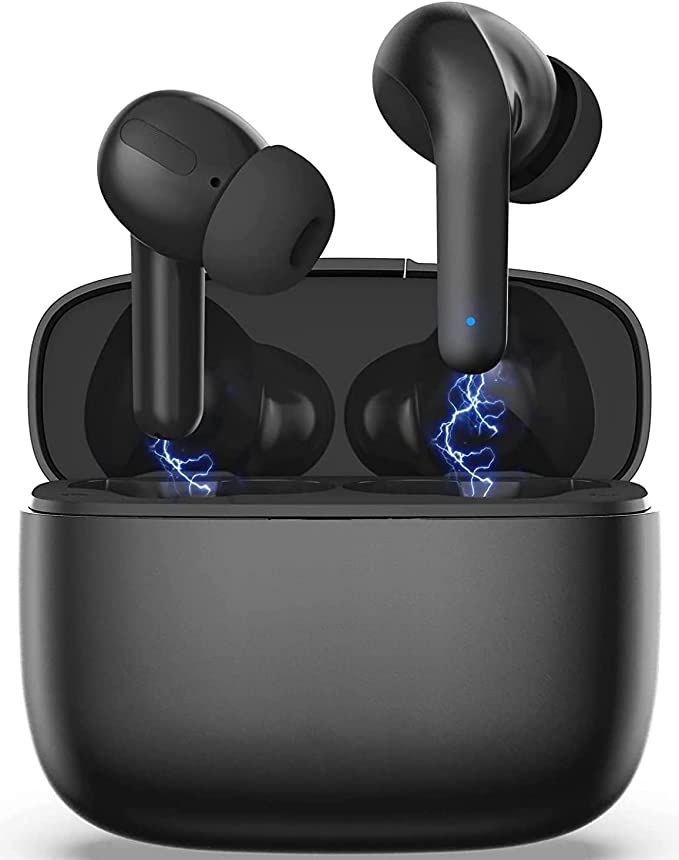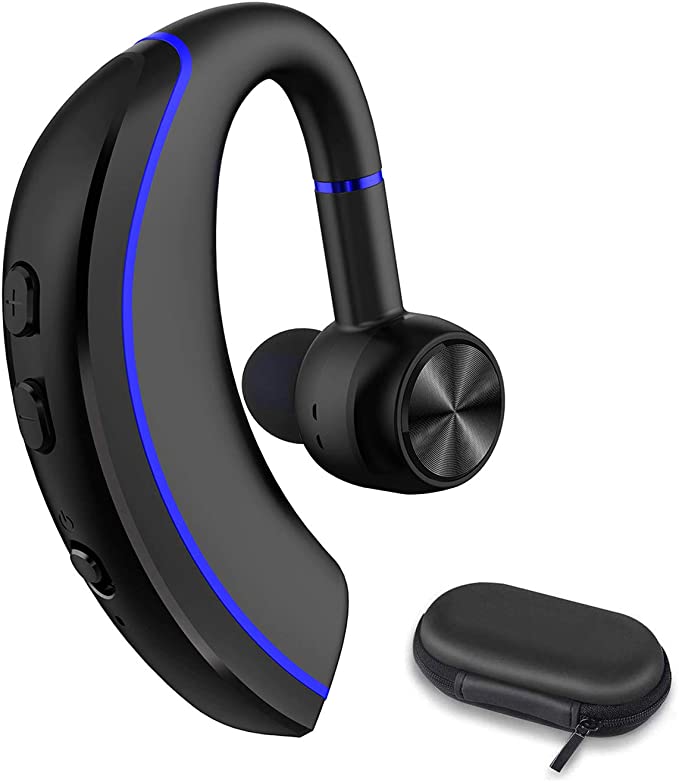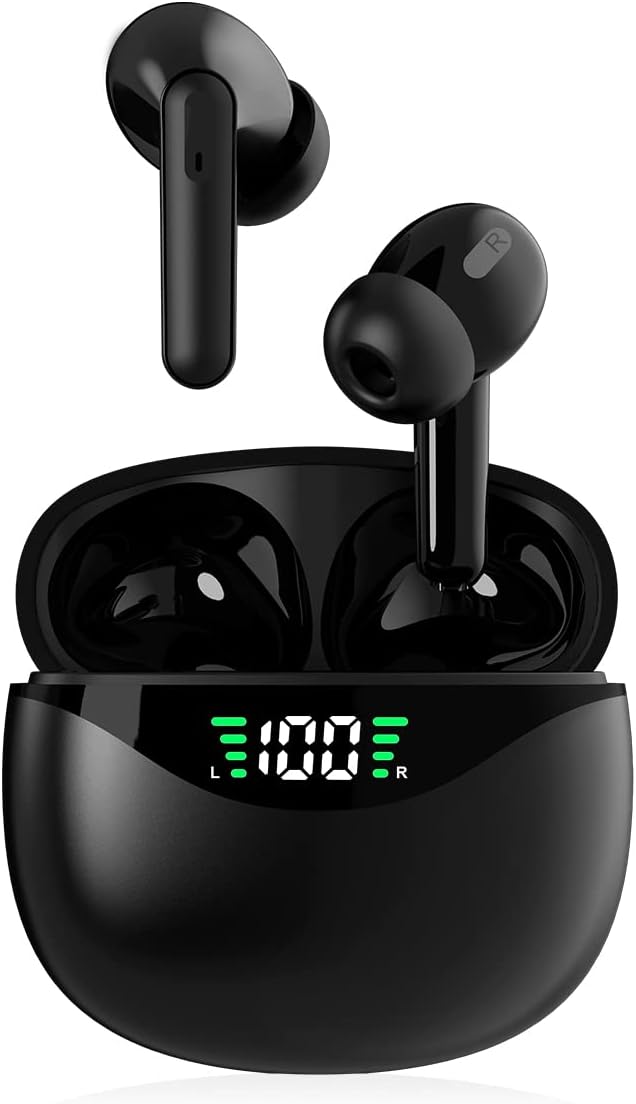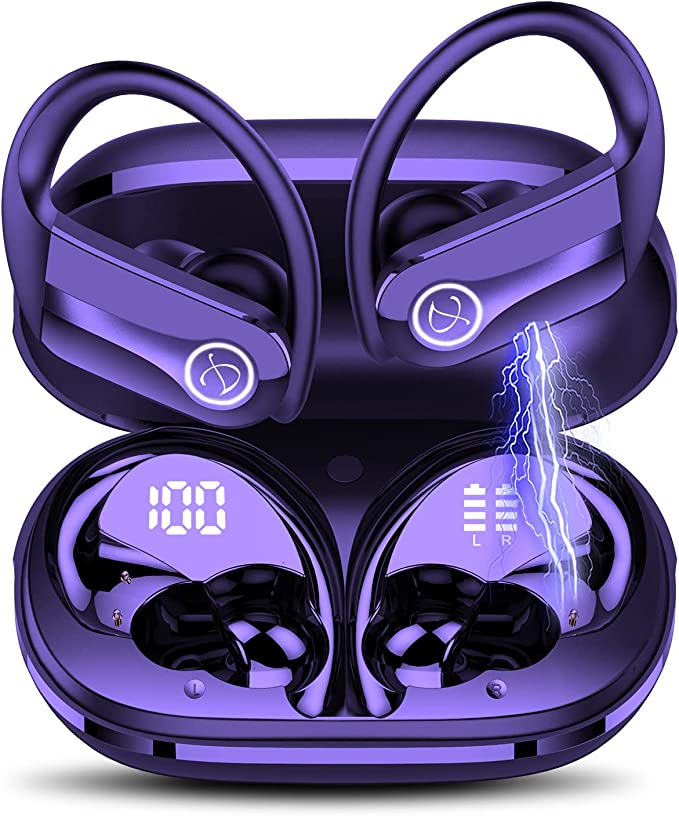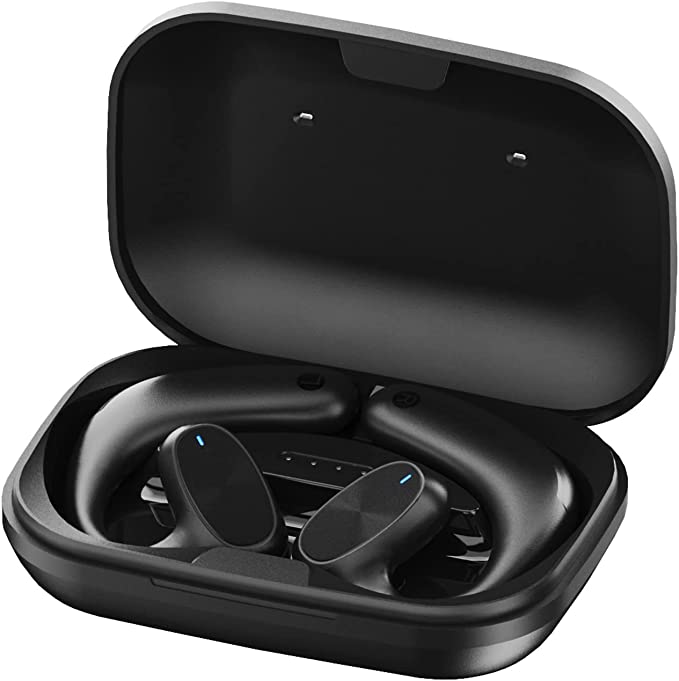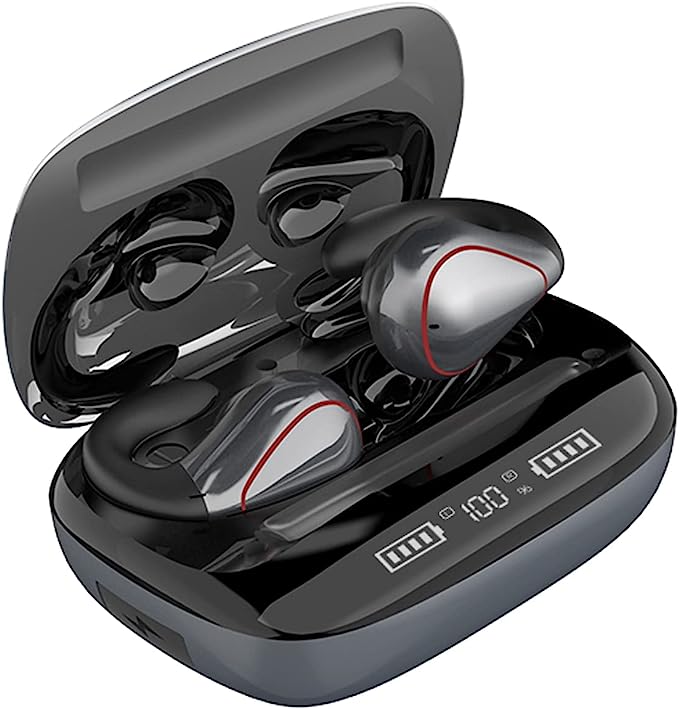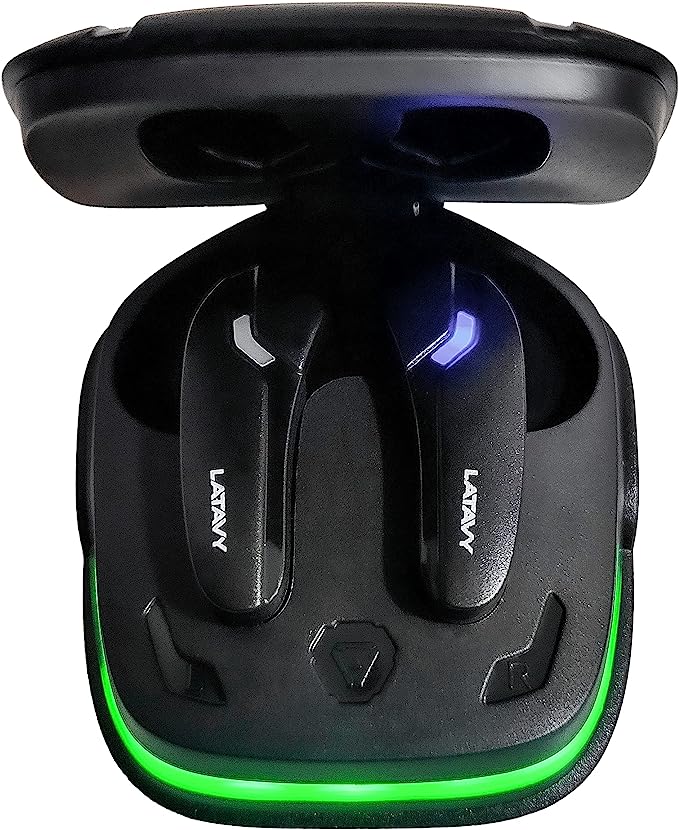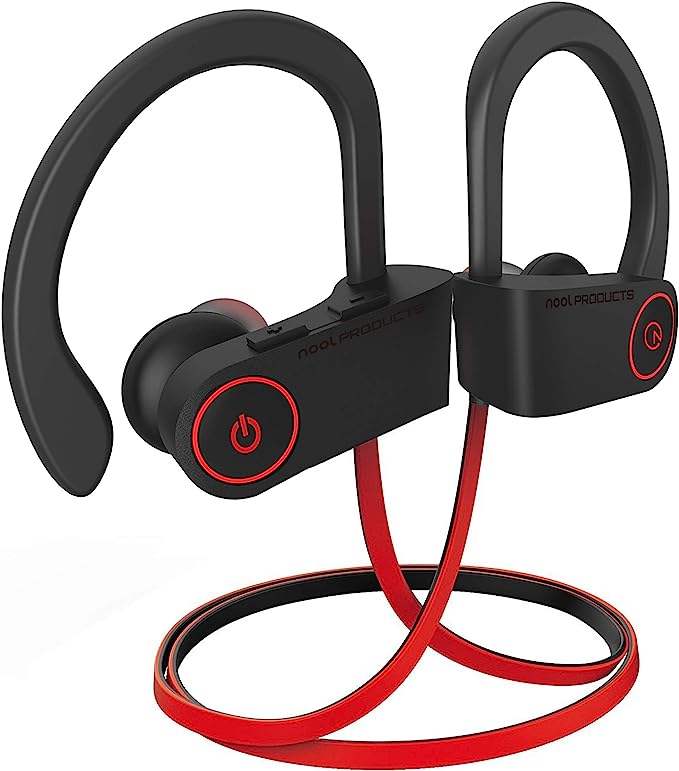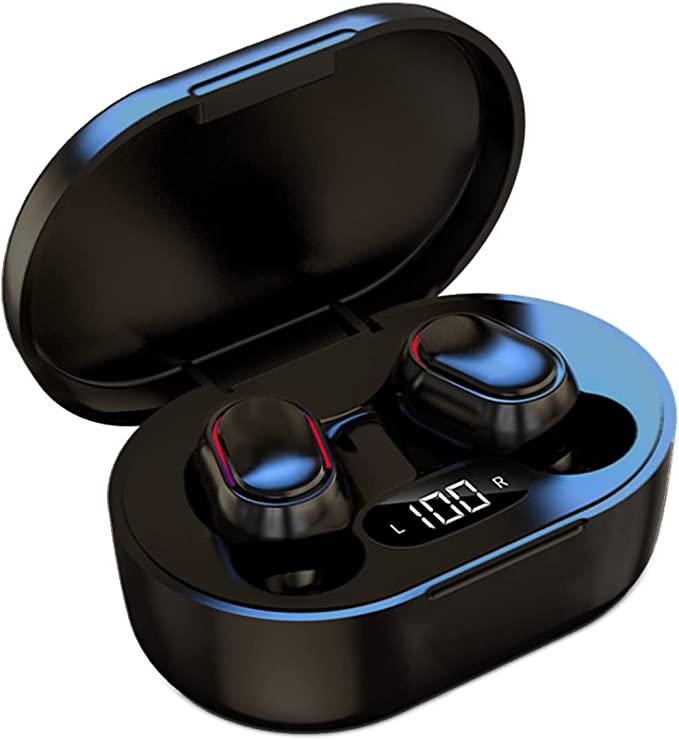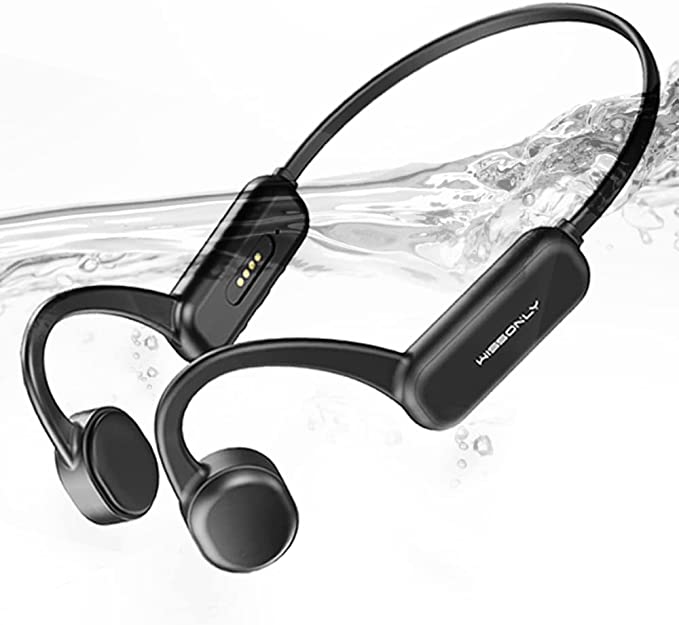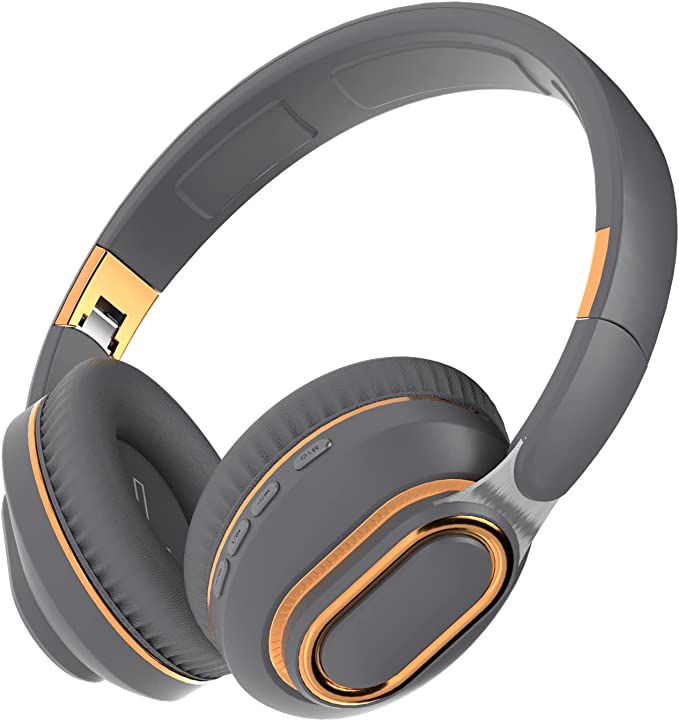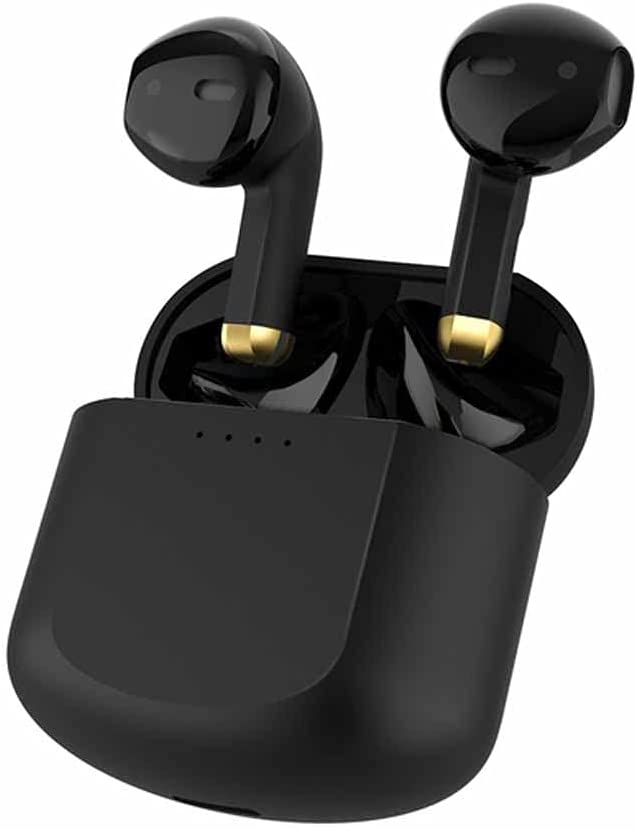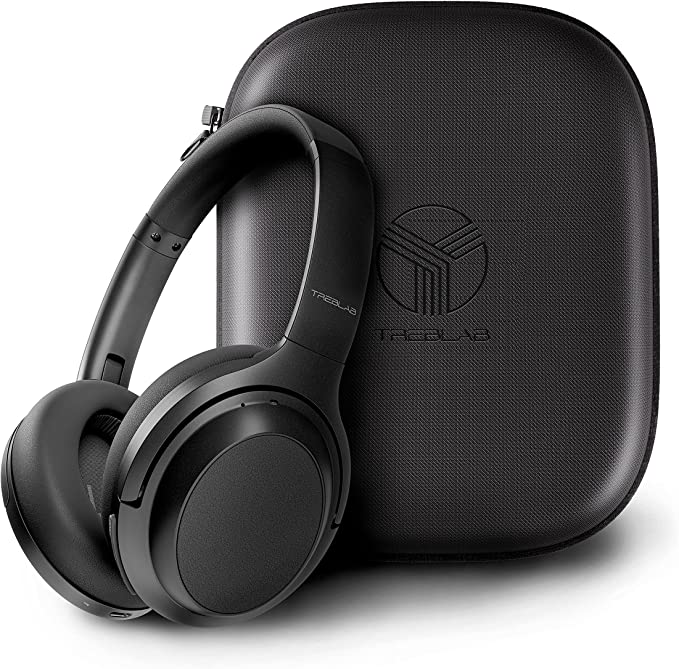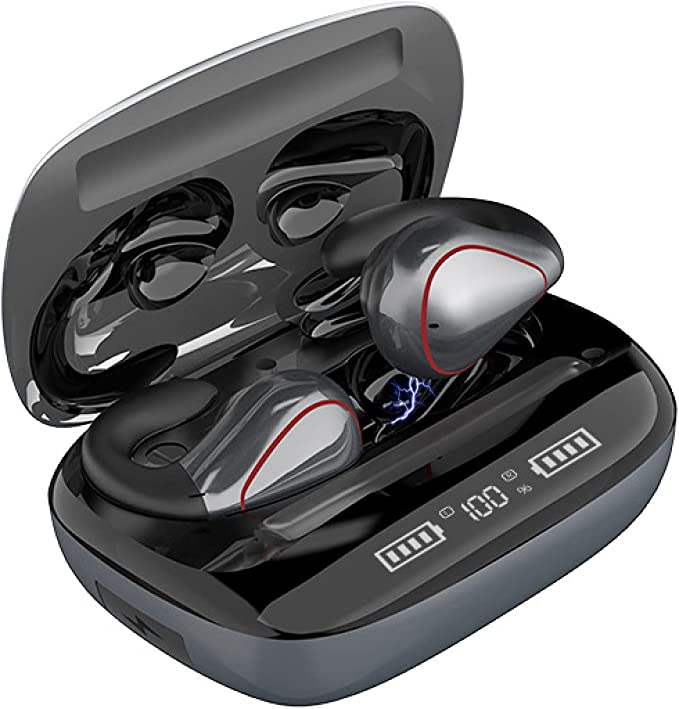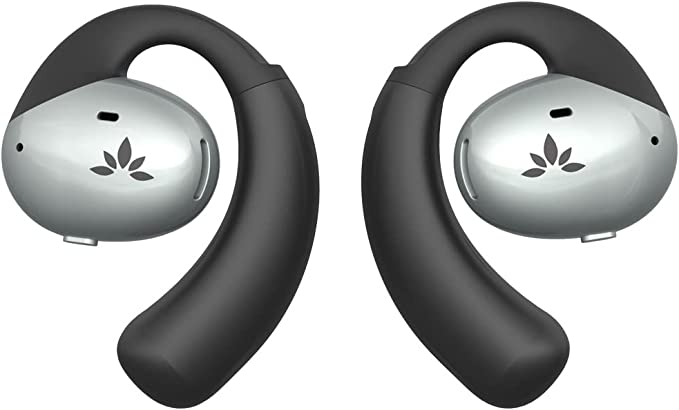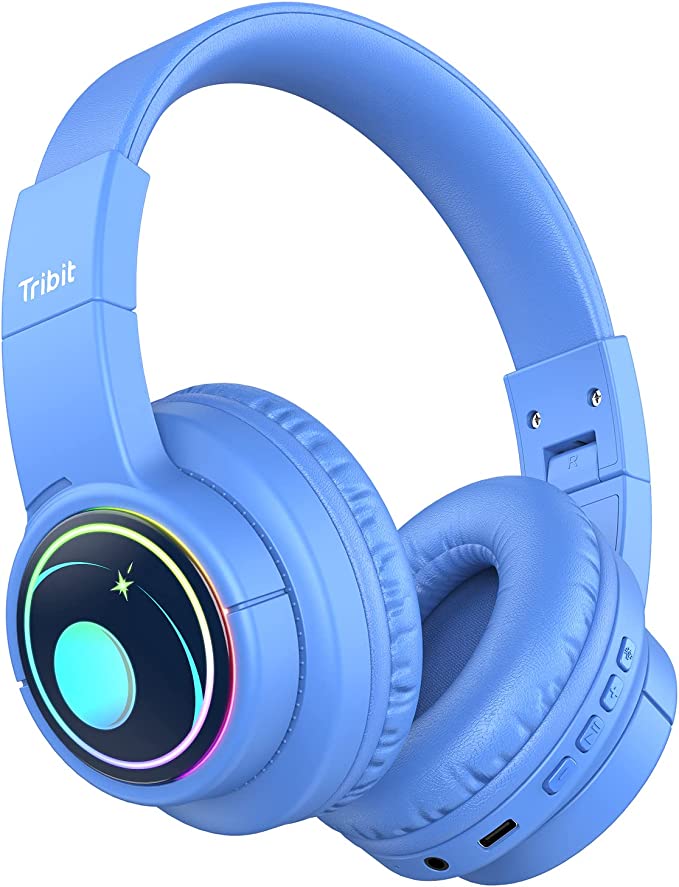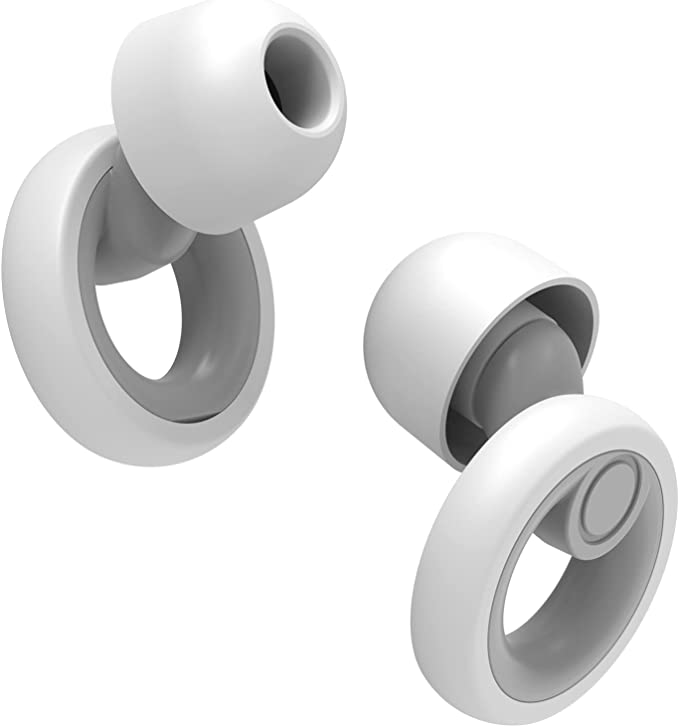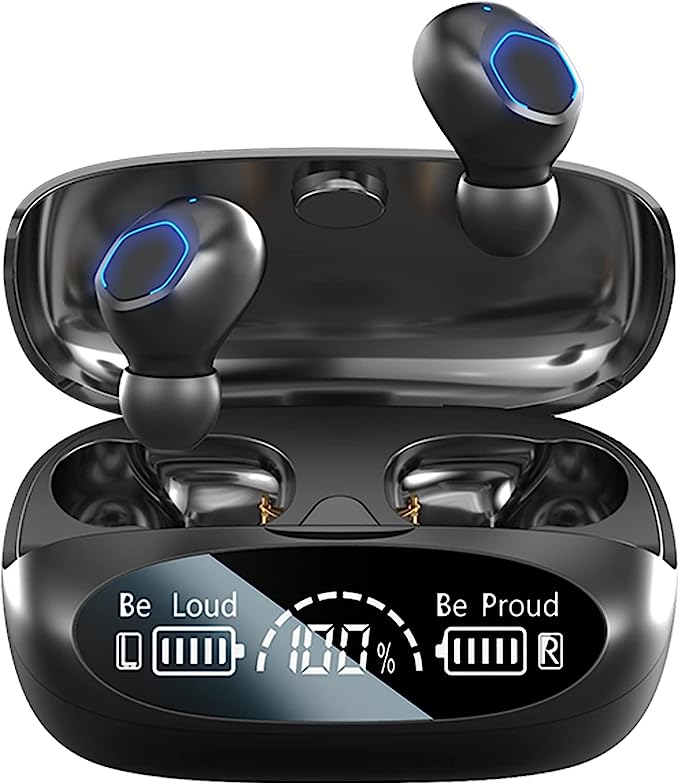Philips TAM8905/37 : All-in-One Hi-Fi System with Wi-Fi, Bluetooth & CD
Update on April 4, 2025, 3:14 p.m.
The way we listen to music at home has undergone a profound transformation. Decades ago, the living room might have been dominated by a large console stereo, perhaps later replaced by towering speakers and racks of separate components – amplifiers, tuners, CD players. Today, while the love for immersive sound remains, the desire for convenience, versatility, and seamless integration with the digital world often takes center stage. We find ourselves wanting to spin a cherished CD, tune into the local FM news, and instantly access a universe of music streaming online, preferably all through one elegant system.
This balancing act between tradition and modernity is embodied in devices like the Philips TAM8905/37 Bluetooth & WiFi Stereo System. But beyond listing its features, understanding the technology packed inside such a system is key to appreciating what it offers and making informed choices. Let’s delve into the science and engineering principles that power this integrated approach to home audio, using the TAM8905/37 as our guide.

The Wireless Pulse – Connecting to the Digital Audio World
Perhaps the most significant shift in home audio over the past two decades has been the move towards wireless connectivity. The TAM8905/37 embraces this with both Wi-Fi and Bluetooth, but these two technologies serve distinct purposes and offer different experiences.
Wi-Fi: The High-Fidelity Highway
Think of your home Wi-Fi network as a multi-lane highway capable of carrying vast amounts of digital information. When an audio system like the TAM8905/37 connects via Wi-Fi, it taps into this highway for potentially higher quality audio streaming compared to Bluetooth. Why? Primarily bandwidth. Wi-Fi typically offers significantly more data-carrying capacity than Bluetooth. This allows for the transmission of less compressed, or even lossless, audio data (depending on the source service), preserving more of the original recording’s detail and dynamic range.
Furthermore, Wi-Fi connectivity usually offers greater range than Bluetooth, less prone to dropping out as you move around the house with your controlling device (like a smartphone). It also enables features that rely on direct internet access, independent of your phone, acting as the system’s gateway to a world of online audio content. For the TAM8905/37, this primarily unlocks Internet Radio and Spotify Connect.

Internet Radio: Your Global Tuner
Forget the limitations of local broadcast range. Internet Radio leverages the power of Wi-Fi and the global internet infrastructure to give you access to potentially tens of thousands of radio stations from around the world. Imagine listening to a jazz station broadcasting live from New Orleans, a classical concert from Berlin, or a news update from London, all through your stereo system.
How does it work? These internet radio stations stream their audio output digitally over the internet using protocols often based on SHOUTcast or Icecast technology. Your TAM8905/37, when connected to Wi-Fi, acts like a specialized web browser for audio. It accesses online directories listing these stations and their stream addresses (URLs). When you select a station, the system connects to that stream URL and begins receiving packets of digital audio data, which it then decodes and plays through its speakers. It’s like having an almost infinite library of radio stations at your fingertips, a feature many users find incredibly valuable for discovery and variety, vastly expanding listening options beyond the local FM dial.
Spotify Connect: Seamless Streaming Integration
For subscribers of Spotify Premium, Spotify Connect offers a particularly elegant way to enjoy music. Unlike streaming via Bluetooth, where your phone processes the audio and sends it wirelessly to the speaker, Spotify Connect works differently. When you’re using the Spotify app on your phone or tablet and select the TAM8905/37 as the playback device (assuming both are on the same Wi-Fi network), your phone essentially acts as a sophisticated remote control.
It tells the TAM8905/37 which track or playlist to play. The stereo system then establishes its own direct connection to Spotify’s servers over your Wi-Fi network and streams the audio data directly. Think of it like giving the stereo system a direct pipeline to the Spotify music library, rather than you having to carry the music over in buckets (via Bluetooth from your phone). This direct connection has several advantages: * Potential Quality: It often allows Spotify to stream at a higher bitrate (e.g., 320kbps Ogg Vorbis) than might be reliably achievable over standard Bluetooth connections, potentially resulting in better sound quality. * Device Independence: Your phone is freed up. You can take calls, browse other apps, or even leave the room without interrupting the music playing on the stereo. * Battery Savings: Your phone isn’t constantly processing and transmitting audio data via Bluetooth, which can help conserve its battery life.
Bluetooth: The Universal Handshake
While Wi-Fi offers distinct advantages for stationary home listening, Bluetooth remains essential for its sheer universality and convenience. It’s the quick, easy way to wirelessly connect almost any modern smartphone, tablet, or laptop for direct audio playback. The TAM8905/37 incorporates Bluetooth, likely utilizing the standard A2DP (Advanced Audio Distribution Profile) necessary for stereo audio streaming.
Bluetooth works using short-range radio waves to create a direct personal area network between two devices. While incredibly convenient, standard Bluetooth audio often involves more aggressive data compression to function reliably within its lower bandwidth constraints. The most basic and universally supported codec (the algorithm used to compress and decompress audio data) is SBC (Sub-Band Codec). While functional, SBC is generally considered the lowest common denominator in terms of audio fidelity. Some devices support more advanced codecs like AAC (favored by Apple devices) or Qualcomm’s aptX variants, which can offer improved sound quality over SBC, though the specific codecs supported by the TAM8905/37 are not detailed in the provided information. Another consideration with Bluetooth can be latency – a slight delay between the source device and the speaker output, which usually isn’t noticeable for music but can sometimes cause lip-sync issues when watching videos. Within its stated 30-foot range, Bluetooth on the TAM8905/37 provides that instant, ubiquitous connection expected of modern audio devices.
The Art and Science of Sound Reproduction
Connectivity gets the music to the system, but how does the TAM8905/37 turn those digital signals back into the sound waves that reach our ears? This involves amplification and, crucially, the design of the speakers themselves.
Powering the Performance: Understanding Watts
The system is rated at 100 Watts. This number indicates the total power the internal amplifier can deliver to the speakers. Power correlates loosely with potential loudness – more watts generally mean the system can play louder without distorting. However, the ‘Watt’ figure alone doesn’t tell the whole story. Is it RMS (Root Mean Square) power, a continuous, realistic measure? Or peak power, a momentary maximum? The source material doesn’t specify, but RMS is the more meaningful metric for home audio. Furthermore, speaker sensitivity (how loud a speaker plays with a given amount of power) also plays a huge role in overall volume. A 100W rating suggests this system has enough power to comfortably fill a small to medium-sized living room or open-plan area with sound at satisfying listening levels.
The Speaker Ensemble: Woofers, Tweeters, and Harmony
The TAM8905/37 employs a classic two-way bookshelf speaker design housed in wooden cabinets. This means each speaker uses two distinct types of drivers optimized for different parts of the audible frequency spectrum (roughly 20Hz to 20,000Hz for human hearing). * 5.25-inch Woofers: The larger drivers are the woofers. Their size allows them to move more air, which is necessary to reproduce lower frequencies – the bass and mid-bass regions that give music its foundation, warmth, and impact (think bass guitars, kick drums, lower notes of a piano). The material of the woofer cone (paper, polypropylene, etc., though not specified here) influences its stiffness, damping, and ultimately its sonic characteristics. * Dome Tweeters: The smaller drivers are the tweeters, typically featuring a dome-shaped diaphragm. Their smaller size and lighter weight allow them to vibrate much faster, enabling them to reproduce high frequencies – the treble range responsible for clarity, detail, sparkle, and airiness (think cymbals, violin harmonics, vocal sibilance). Dome tweeters are generally favored for their wide dispersion characteristics, meaning the high frequencies spread out well into the room, creating a wider “sweet spot” for listening.
To ensure each driver handles only the frequencies it’s best suited for, a crucial component inside the speaker (though invisible to the user) is the crossover network. This is an electrical circuit made of capacitors, inductors, and resistors that acts like a traffic director for the audio signal. It filters the signal, sending the lower frequencies to the woofer and the higher frequencies to the tweeter, allowing them to work together harmoniously to cover the full audible range.
Breathing Bass: The Magic of the Bass-Reflex Port
Bookshelf speakers, due to their compact size, inherently face challenges in producing deep, powerful bass. One common and effective technique used to overcome this, employed in the TAM8905/37, is the bass-reflex (or ported) design. You’ll notice an opening, or port, on the speaker cabinet. This isn’t just a hole; it’s a carefully tuned duct.
Here’s the clever physics behind it: As the woofer cone moves back and forth to create sound waves from its front, it also creates sound waves from its back, inside the cabinet. In a sealed box, these back waves are trapped and absorbed. In a bass-reflex design, the port acts like the opening of a bottle you might blow across to make a sound. The air inside the port and the cabinet forms a resonator (specifically, a Helmholtz resonator). The dimensions of the port (length and diameter) are precisely calculated to resonate at a specific low frequency.
At and around this resonant frequency, the sound waves emerging from the port, which originate from the woofer’s rearward motion, are phase-inverted. This means they emerge in sync with the sound waves produced by the woofer’s forward motion at those specific low frequencies. The result? The port’s output reinforces the woofer’s output, significantly boosting the bass response around the port’s tuning frequency. This allows a smaller speaker to produce deeper bass than a sealed speaker of the same size, increasing efficiency. However, poorly implemented ports can sometimes introduce audible ‘chuffing’ noises at high volumes or slightly compromise the tightness (transient response) of the bass compared to a well-designed sealed enclosure.
Shaping the Sound: Digital Sound Control (DSC)
Music genres vary widely in their sonic characteristics, and listening environments are rarely perfect. The TAM8905/37 includes Digital Sound Control (DSC), described as preset sound styles. This is essentially a form of Equalization (EQ) implemented using Digital Signal Processing (DSP).
EQ allows you to adjust the balance of different frequencies in the audio signal. Think of it like the bass and treble knobs on older stereos, but potentially more sophisticated. The DSC presets (‘Hip-hop’, ‘Choral’, ‘Symphony’, ‘Rock’, etc., as examples given in the description) apply pre-defined EQ curves. For instance, a ‘Rock’ preset might boost the bass and treble slightly for more impact and excitement, while a ‘Choral’ or ‘Classical’ preset might aim for a flatter, more neutral response or emphasize midrange clarity where vocals and instruments primarily reside. This relies on psychoacoustics – our perception of sound. By subtly altering the frequency balance, these presets can make the music feel more appropriate for its genre or compensate slightly for room acoustics or speaker limitations. While presets offer simplicity, they lack the fine-tuning capability of a fully customizable equalizer, a limitation noted for users who prefer precise control.
Bridging Eras – Honoring Physical Media and Broadcasts
While embracing the digital age, the TAM8905/37 thoughtfully includes features that cater to legacy formats, acknowledging that many listeners still value physical media and traditional broadcasts.
The Enduring Compact Disc: Precision Optics
The inclusion of a CD player is a nod to the millions of discs still residing on shelves worldwide. CDs store music digitally as a spiral track of microscopic pits (indentations) and lands (flat areas) pressed onto a polycarbonate disc. Inside the player, a low-power laser beam is focused onto this track. As the disc spins, the laser light reflects differently off the pits and lands. A photodiode sensor detects these variations in reflectivity, translating them into a stream of binary data (1s and 0s).
Sophisticated error correction codes (like the Reed-Solomon code) are embedded in the data, allowing the player to reconstruct the original audio signal even if the disc has minor scratches or imperfections. This digital nature and error correction contribute to the clean, consistent sound quality associated with CDs. While some users in the provided feedback noted issues with the CD player mechanism on their units (a potential reliability concern to be aware of), the format itself remains a high-fidelity option for many.
FM Radio Revisited: The Digital Tuning Advantage
Good old FM radio still holds its place for local news, sports, and music discovery. The TAM8905/37 features a digital FM tuner. Unlike older analog tuners that could drift off-station, digital tuners use a quartz-controlled frequency synthesizer (Phase-Locked Loop or PLL) to lock onto the exact frequency of the station far more precisely. This results in more stable reception, reduced noise and static (assuming a decent signal), and the ability to easily store favorite stations as presets for quick access.
The Wired Connections: USB and Auxiliary
Rounding out the connectivity options are physical ports. A USB port allows playback of digital audio files directly from a connected flash drive. The provided information specifies MP3 playback, a common but ‘lossy’ compressed format (meaning some audio data is discarded to reduce file size). It’s unclear from the source if other formats, particularly lossless ones like FLAC or WAV, are supported, which might be a limitation for users with high-resolution audio files. Some user feedback also mentioned difficulties with the system recognizing certain USB drives, potentially related to formatting (FAT32 is often required) or drive capacity limits.
An Auxiliary input (Aux-in), typically a 3.5mm stereo jack, provides a universal analog connection point. You can plug in almost any device with a headphone output – older MP3 players, laptops, even some TVs – using a simple audio cable. It’s a fallback option ensuring broad compatibility, though some user feedback mentioned sensitivity issues with this port on their units.
Living with the System – Design, Interface, and Considerations
Beyond the internal technology, the physical design and user experience are crucial. The TAM8905/37 presents a classic Hi-Fi aesthetic with its matte aluminum central unit and separate wooden speaker cabinets. This look aims for a more premium feel than many all-plastic systems. However, user perception can be subjective; while the overall appearance is often praised, some feedback mentioned that the physical buttons felt less substantial than expected.
The color display is a definite plus, providing clear visual feedback on the selected source, radio station information (potentially RDS data like station name or song title on FM), track details from USB or CD, and even album art when available (likely via Internet Radio or Spotify Connect streams). This significantly enhances usability compared to basic single-line displays. An included remote control provides convenient access to key functions from a distance.
Choosing an all-in-one system like the TAM8905/37 involves inherent trade-offs compared to buying separate components. The major benefit is simplicity – fewer boxes, fewer cables, integrated functionality. The downside can be less flexibility. You generally can’t upgrade individual parts like the amplifier or speakers later (the source doesn’t mention speaker outputs for connecting different passive speakers). While aiming for ease of use, the integration of network features like Wi-Fi setup can sometimes present hurdles, as hinted at by mixed user feedback on setup difficulty. Patience and carefully following instructions are often key when connecting devices to a home network for the first time.

Conclusion: The Integrated Soundscape
The Philips TAM8905/37 serves as an interesting example of how modern home audio seeks to synthesize decades of technological evolution into a single, accessible package. It acknowledges the past with its CD player and FM tuner while fully embracing the present and future through robust Wi-Fi streaming capabilities like Internet Radio and Spotify Connect, alongside the convenience of Bluetooth.
Understanding the technologies at play – the difference between Wi-Fi and Bluetooth audio transmission, the acoustic principles behind bass-reflex speaker design, the digital precision of modern tuners and CD playback, the role of DSP in shaping sound – allows us to move beyond marketing terms and appreciate the engineering involved. While any integrated system involves compromises, and real-world usability can sometimes vary (as user feedback suggests), the goal of devices like the TAM8905/37 is clear: to provide a versatile, enjoyable, and technically sophisticated hub for the diverse ways we listen to music and audio content in our homes today. By understanding the science behind the sound, we become more empowered listeners, better equipped to choose the right tools for our sonic journeys.








